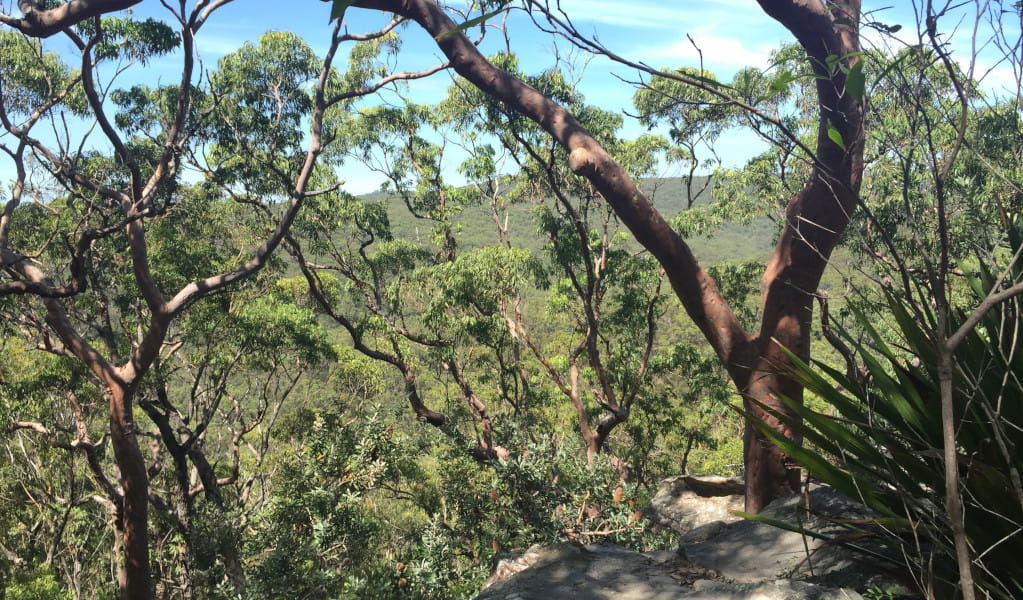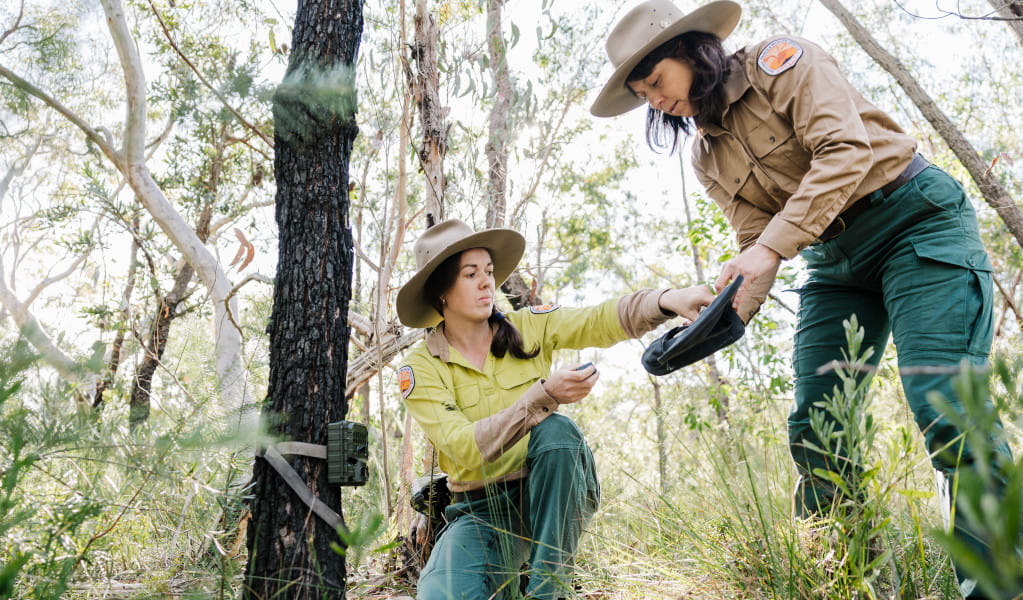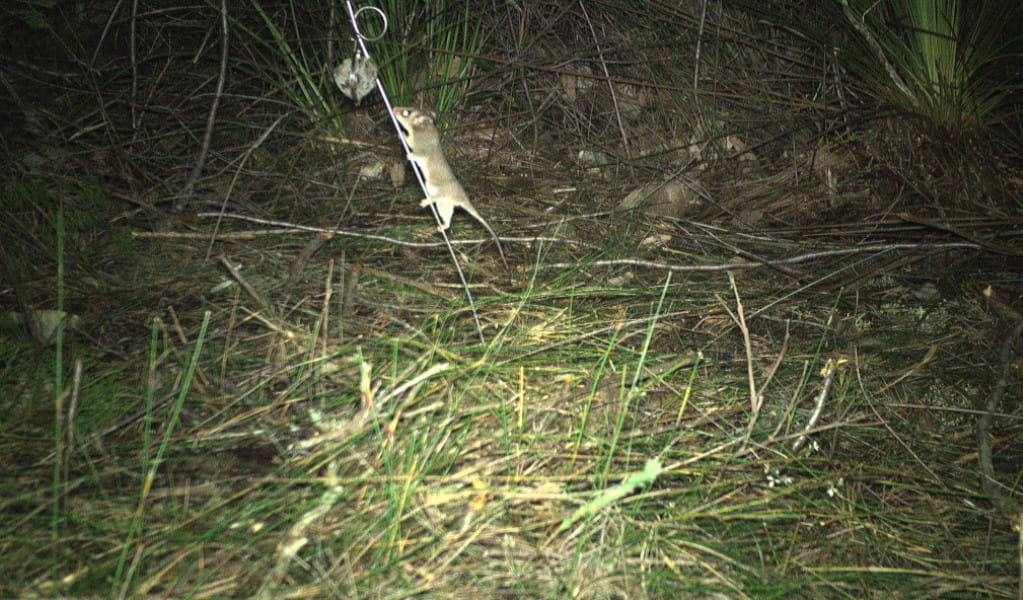Royal-Heathcote-Garawarra scorecard
The Royal-Heathcote-Garawarra scorecard tracks the ecological health of 3 iconic parks on the edge of Sydney, Australia's largest city of over 4 million people.
Australia's oldest national park
The Royal-Heathcote-Garawarra (RHG) site covers 3 protected areas:
Together, these parks protect important natural areas and native species.
Scorecard results
The scorecard results so far show that despite being on the outskirts of Australia's largest city and the increase in visitors, Royal-Heathcote-Garawarra has maintained its conservation values and is supporting its amazing diversity of plants and animals.
What we're doing
Area Manager Brendon Neilly has reflected on the value of the scorecard:
'We know things we didn't know before. We know we have a diverse and widespread population of small mammals including multiple antechinus species, eastern pygmy-possums and long-nosed bandicoots. We consider this when planning our hazard reduction burns.
'We know that the deer population in the southern end of Royal National Park is larger than we want it to be and we know where to focus our deer control program.
'We know that critically endangered scrub turpentine trees are dying from myrtle rust infection. We are developing and implementing a range of park management actions to conserve the local population of this species.
'We captured the call of the largest owl in Australia – the powerful owl.
'We detected a species of microbat – the yellow-bellied sheathtail bat – and Krefft's gliders for the first time in Royal National Park.'
Want to know more?
If you would like to dive deeper into the Royal-Heathcote-Garawarra scorecard data, you can:



